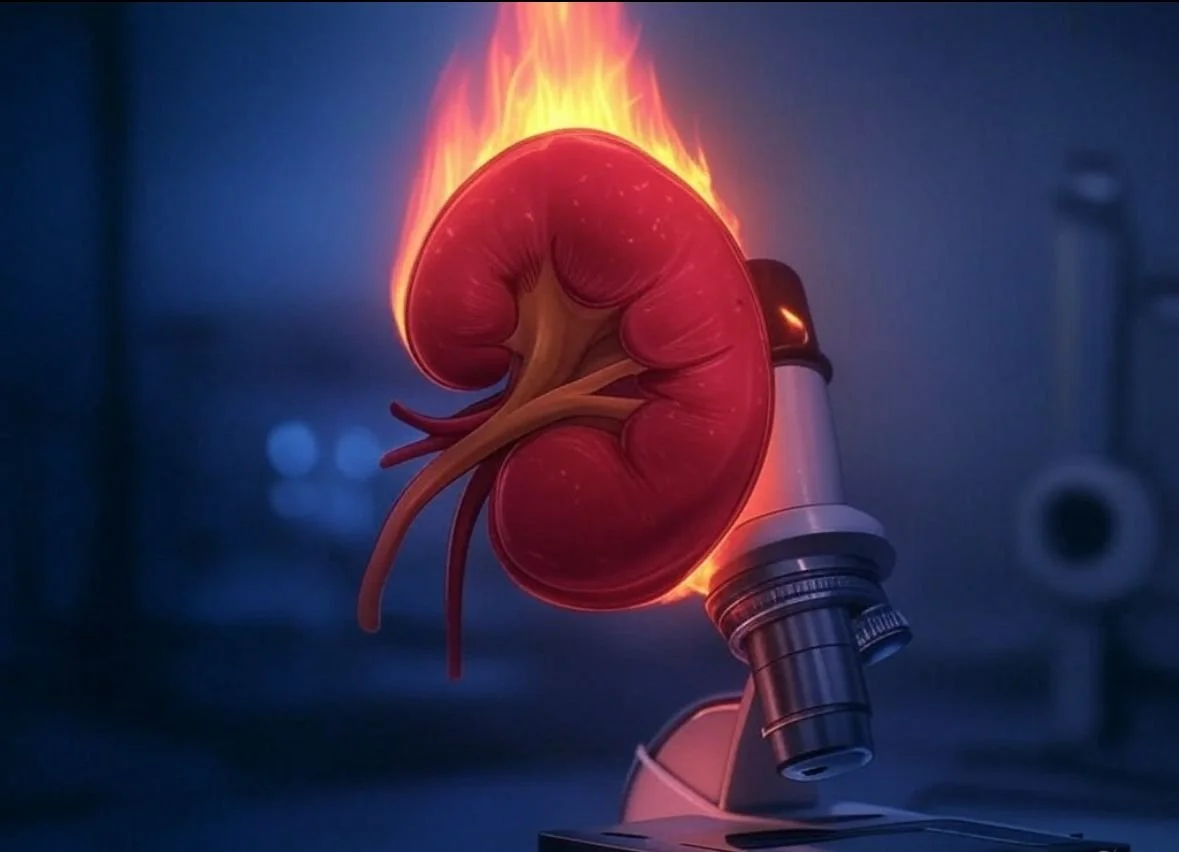- AVOID-HF - another one bites the dust. The largest trial of ultrafiltration in acute decompensated heart failure was teminated early for poor recruitment. It was also a trial designed to overcome the deficiencies of previous HF studies. Of the 224 patients recruited (<30% of planned) there were not differences in the outcome and no worsening in the renal function. However there was more hypotension and more infections. The article is here ($wall) and the editorial is here.
- This BMJ Sytematic Review and meta analysis generated a lot of chatter on twittersphere. It looked into outcomes with use of RAASi versus other anti hypertensive medications in patients with DM. There was no difference in mortality, cardiac or renal outcomes in either group.
- In keeping with the Transplant topic of this week's NephJC here is a collection of Transplant themed tweets
- This one published in Transplant International explores the economic and clinical consequences of UTI, sepsis and pneumonia in the first year.
- Retransplantation with a previously mismatched HLA antigen can be a trigger for a memory immune response. In this registry analysis published in JASN there was no effect of repeated HLA mismatches on all cause or death censored graft loss. However there was increased hazard ratio in patients with class 2 repeated mismatches or if they had previous graft nephrectomy.
- Hector Madariaga rocks again with this fantastic storify of a twitter conversation about treatment strategies of Antibody mediated rejection.
- C1q+/C3d+ denovo allograft antibodies were shown to have poorer 10 year graft survival in a pediatric transplant population. Check it out here.
- Another Systematic review and meta analysis showed that correction of anemia using ESA did not improve the health related QoL in patients with CKD. This was published in the Annals.
- This cJASN article explores the outcomes of a cohort of patients with primary FSGS treated with steroids/CNIs or conservatively. The response to immunosuppression was better than conservative management, however there were no differences between steroids or CNIs as first line immunosuppression
Blogs of Note
- Dr Fred Coe comes up with a superb blog post on interpretation of the stone work up, equally useful for patients and physicians. Must see.
- For the lighter side of Nephrology but no easier!! Check out a collection of crossword puzzles in nephrology on Dr Jhaveri's blog.
- And finally a blog post on peer to peer conversation in living transplant donation. Makes interesting reading when the donor also happens to be a nephrologist.















